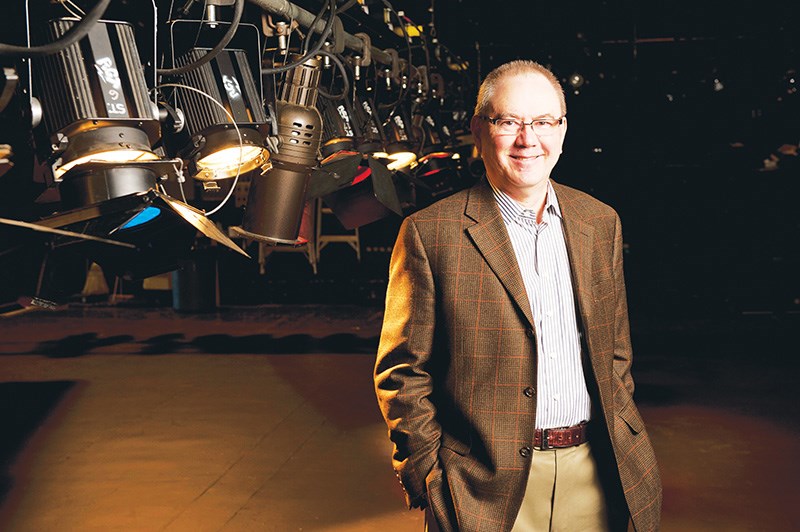How many artistic directors does it take to change a light bulb?
That was the question I posed to the board of directors in the fall of 1999 when they interviewed me for the top position of producer and general manager. After a brief pause, during which everyone looked at me as though I were mad, I gave the answer: One. BUT, the light bulb has to really want to be changed.
Since its spectacular opening 15 years earlier, in 1984, the Richmond Gateway Theatre (RGT) had presented a variety of performing arts annually. Without focus, audiences declined and some naysayers even wondered if Richmond could support a theatre facility. With the millennium’s approach, the board sensed it was time to hit the refresh button.
Clearly, catering to all tastes (dance, theatre, music & weddings) all the time wasn’t working. RGT needed to specialize. But “specialize” in what? RGT’s society charter, written in 1982, provided the answer.
It described the society business as dedicated to having a resident theatre company. This was all the direction we needed. Our focus would be live, professional theatre. Instead of bringing in shows (and sending money out of town), we would create our own plays with our own company, keep artists employed locally and send our shows to other theatres. It seems like a “Duh” moment today, but a decade and a half ago this was radical thinking.
The success of this shift on the Main Stage gave us the confidence to create the Studio B series. Here, emerging artists got a chance to become part of the Gateway family. Many of the writers, directors, designers and stage managers got their start working on studio shows and went on to work on the Main Stage, and in other theatres across the country.
Between 2000 and 2012 we premiered 17 new plays on the Main Stage and in the Studio. This gave RGT a professional identity, and it became known simply as the Gateway, attracting audiences not only locally but from across the Lower Mainland.
With this new direction in full flight, we turned our attention to expanding the summer camp for kids. It was renamed Gateway Academy for the Performing Arts and became a year-round project with acting, singing and dance classes for students from nine to 18 years of age. Today, more than 200 youth attend these after-school classes. To integrate these young thespians with our professional theatre company, we included academy students in the big “Christmas” musical every year.
Next we turned our attention to community engagement. Recognizing that not everyone wants to be on stage, we actively recruited volunteers for front-of-house duties so that Richmond residents could be part of Gateway’s journey.
Today, volunteers are the first people audiences see when they visit the theatre, making sure everyone feels welcomed and at home.
The answer to the question posed earlier is only partially true. The theatre and our community wanted change, but it was not the work of only one person. The city of Richmond’s openness to growing the arts, a board eager to develop leadership, the business sector’s awesome partnerships, a creative administration, committed artists and volunteers and thousands of attendees all played important roles during that period.
I was privileged to be part of those formative years. Our job was to build a foundation strong enough to support the one constant in the theatre business – change. And today I sense our community is eager to embrace it.

.png;w=120;h=80;mode=crop)

